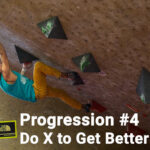Progression #4 Do X to Get Better at X

Read previous installments here… Progression #1 First Time Climber, Progression #2 Top Roping, and Progression #3 Bouldering
Recently, I overheard a conversation between two talented climbers: one solidly climbing above V10 and the other around V6/7. It went something like this: “How do I get better and send more V8’s?” asked the V6/7 climber. To which the V10+ climber replied, “How many V8’s are you doing?” The V6/7 climber responded, “Well, I warm up by doing some perfect repeats on V5-7. When I feel my freshest, I attempt my V8 project. Otherwise, I go to the Moon Board for some volume and try to send as many V5’s as possible, or I stick to my hang board routine.”

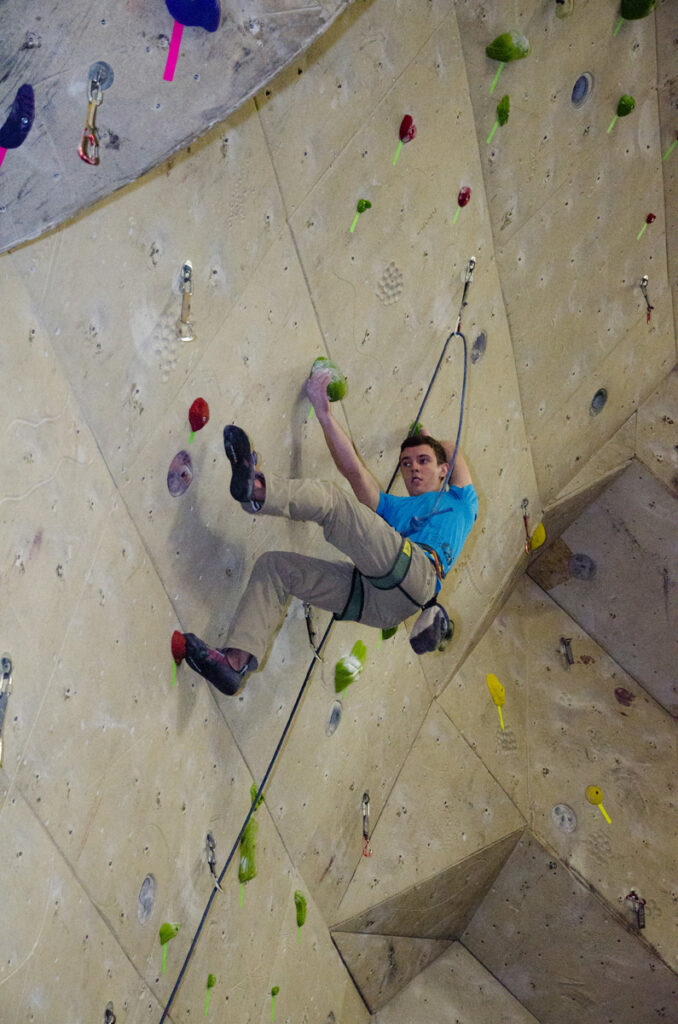

As a curious climber enthusiastic about progression, I listened intently for the forthcoming advice, eager to make mental notes on how to adopt it into my own climbing routine. The V10+ climber’s response was unexpectedly straightforward: “You want to send V8? Climb V8’s. Warm up and climb V8’s. No amount of V5’s or V6/7’s will prepare you for V8. You need to climb on V8’s to send V8’s.”
This wasn’t what I anticipated. I had expected an in-depth review of the latest hang board and pull up science, combined with flexibility and weightlifting—a perfect blend of on- and off-wall training to prepare the body for the next level. I was disappointed. How could something so simple be the advice?


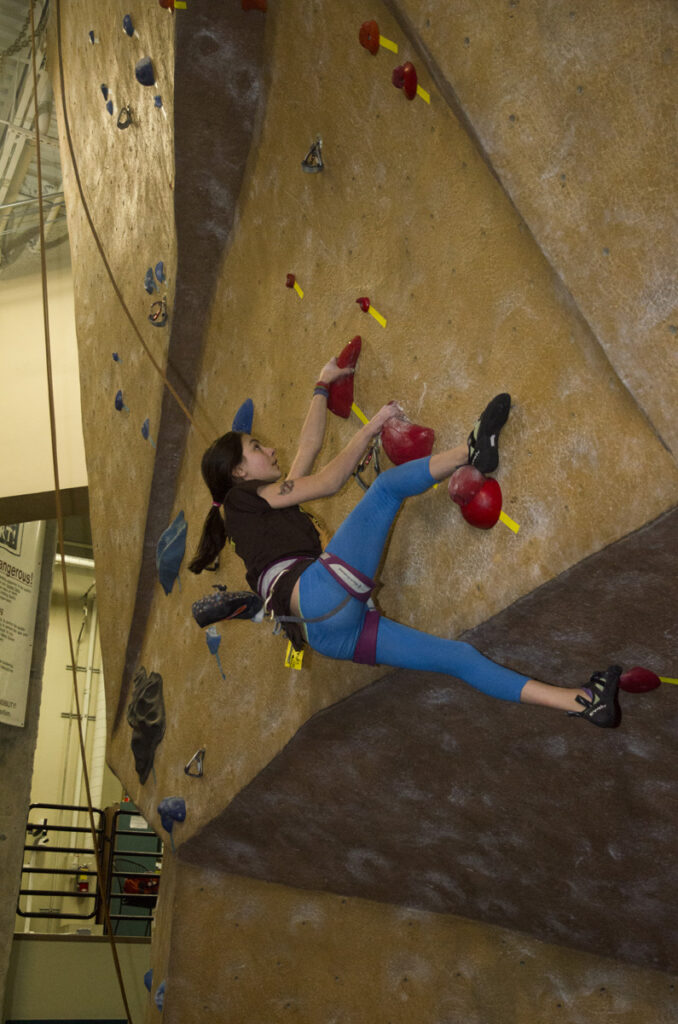
Training is the new hot thing in climbing. Everyone is doing it. It feels uncool not to train and just climb. It seems like every other social media post these days is about the latest program from the top trainers in the industry. So, hearing advice that so bluntly contradicted this surprised me.
“Do X to get better at X.” I decided to adopt this mentality and see how it might affect my climbing. What’s the worst that could happen? Such advice, coming from someone so successful, seemed like a no-brainer to try. After all, climbing isn’t just about hanging on an edge or doing a pull-up; it’s a blend of skills, tactics, strength, and movement converging perfectly into a set of holds running up a wall. Reducing climbing to a series of off-the-wall workouts seems like a disservice to our sport. It’s like a marathon runner prioritizing leg works outs at the sacrifice of running time.
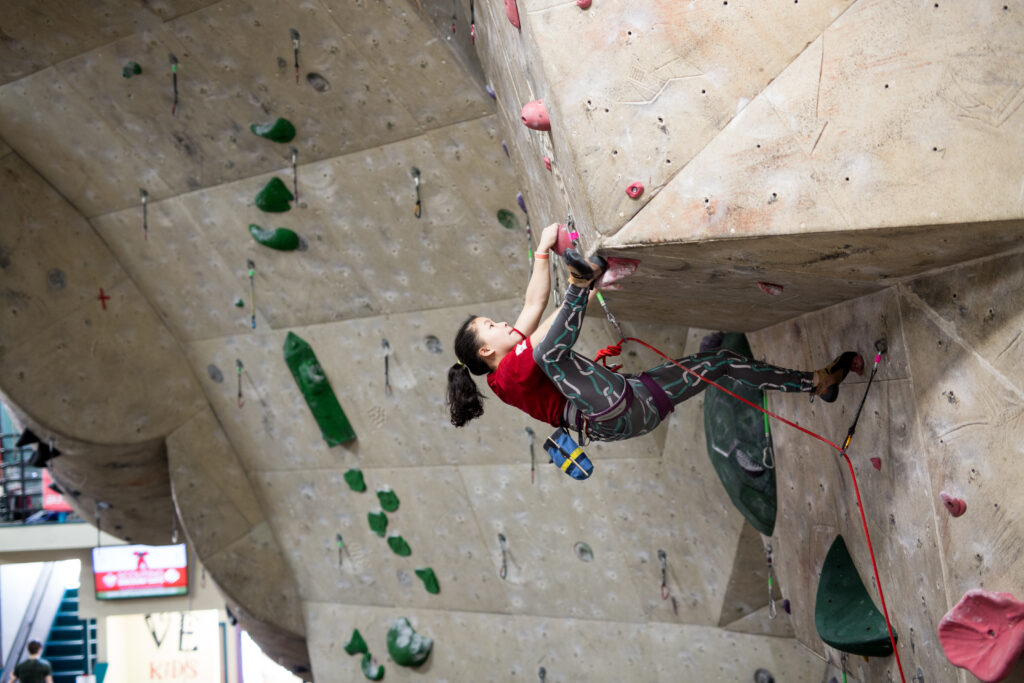


So, what did I notice after adopting this new training philosophy? Before I started looking at climbing this way, I was very passionate about hang boarding. It started innocently enough—all the studies suggested that greater finger strength correlates with climbing at higher grades. Coming from a gym that prioritized crimps and small edges, paired with my early outdoor climbing being vertical walls and hard crimping, it made sense to train. I also loved hang boarding and improving at it. I became as much a hang boarder as a climber.
After years of hang boarding and climbing, I began to notice some things. Feeling good on the hang board didn’t always translate to feeling good on the wall. I noticed gaps. Despite my personal PR’s on my maximum hangs, I didn’t feel like my climbing matched my ability to hang on an edge. And why should it? When would I ever be hanging on the wall with 165lbs added to my body, using both arms for exactly 7.5 seconds?

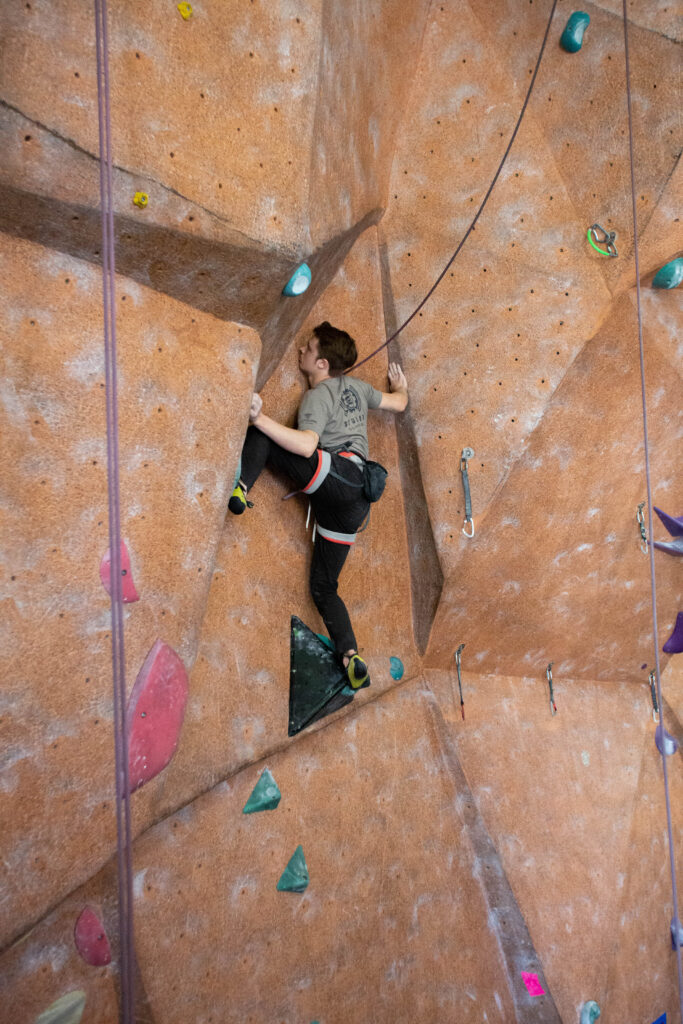
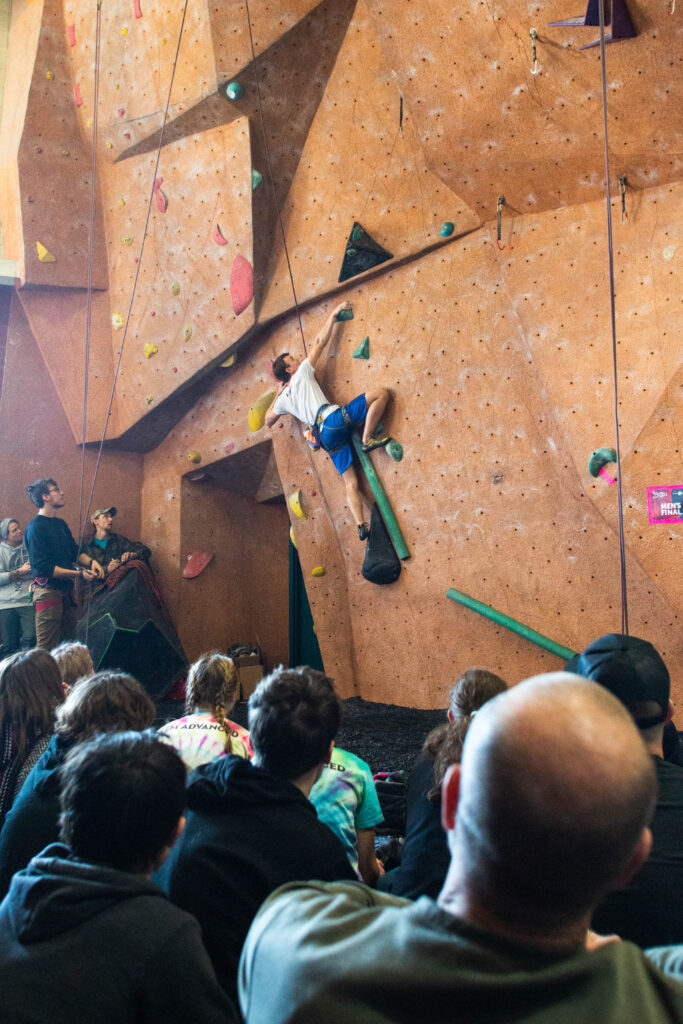
I began to wonder if my hang boarding routine was helping me climb harder; or was it making me a better hang boarder. My hangs got heavier and longer, but was I climbing better? Better hang boarding was becoming the goal, rather than hang boarding to improve climbing. Prioritizing good hangs came at the cost of my climbing. I was saving my skin and strength for a hang, rather than for a climb. Enough was enough. I quickly changed my routine. I warmed up my fingers on the hang board, did two maximal hangs on a small edge, but focused my finger strength on climbing actual routes on small edges. After several months, I felt stronger than ever. My fingers didn’t feel tweaky; I felt unstoppable. I thought surely my fingers have never been better. I’m going to crush my old hang board PR.
So, I went back to test it. Confidently, I loaded up my “warm-up” set—just a fraction of the 165lbs I had previously hung. “This will be easy,” I thought. I wondered how much more weight I’d be able to hang. I set up, and to my surprise, failure. Even a fraction of my PR felt impossible. Instantly worried, I wondered if I had wasted months not hang boarding.

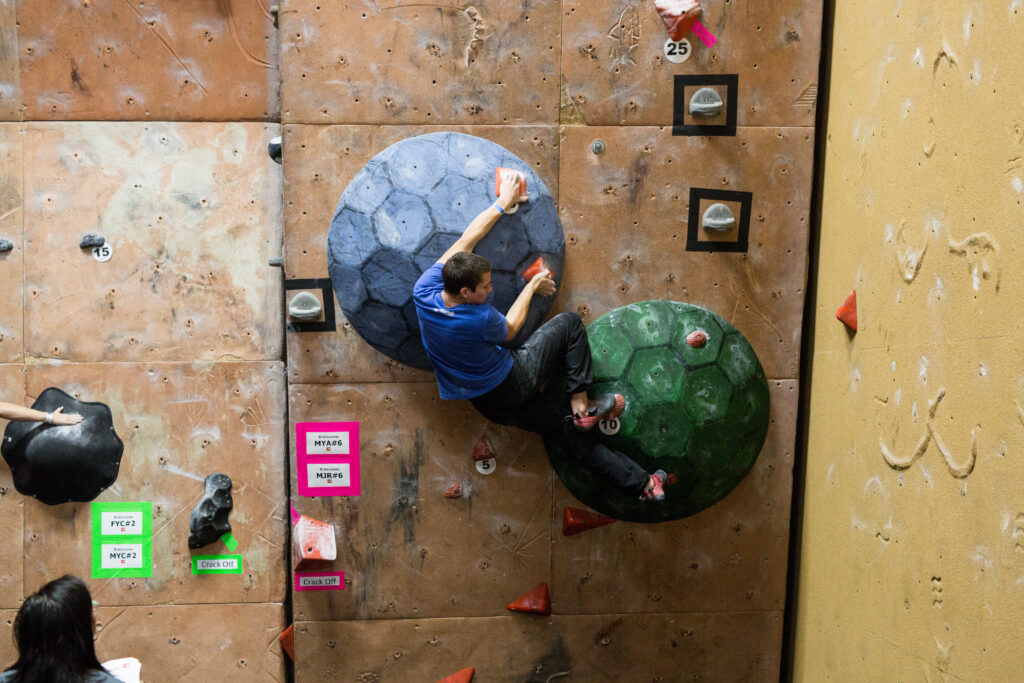

Feeling discouraged, I started jumping to conclusions. Maybe I needed to warm up more. Maybe I’m having an off day. I moved over to one of my nemesis crimp routes on the 45-degree overhang. I climbed it with ease, feeling the best I had ever felt on it. More confused than ever, it hit me. I was stronger—feeling better than ever—just not on the hang board. The plan was working. My fingers were stronger on the wall, outdoors, and on the Moon Board—places where I could track my performance. Across the board, I was climbing better, especially on small holds. In every sense, I felt better, stronger, and my fingers were less tweaky. Yet, my hang board performance wasn’t where it was, but I’m a rock climber not a hang boarder.
What were the key takeaways? Put climbing first. I began looking at my training and performance through the lens of climbing. Instead of measuring arbitrary numbers off the wall, I focused on how I felt on the wall. I made supplementary training just that—supplementary. I chose a goal or objective (a specific climb or strength metric, like hanging on a 4mm edge) and built my training around that climb or objective. So, what did training look like? Projecting that climb or pursuing that objective. Constant consistent exposure on the goal.
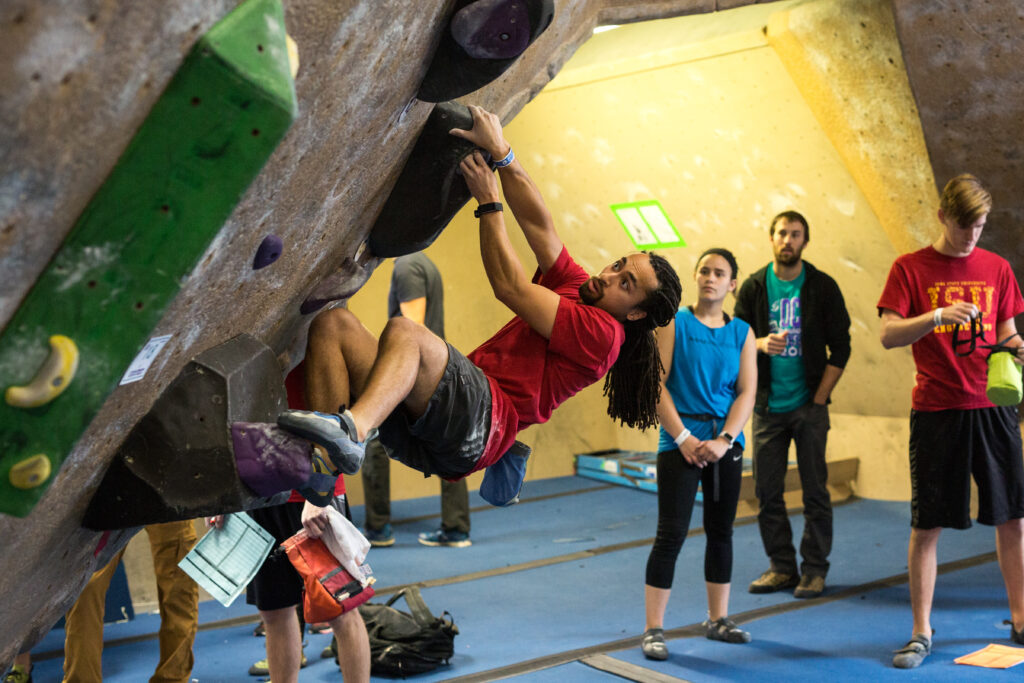
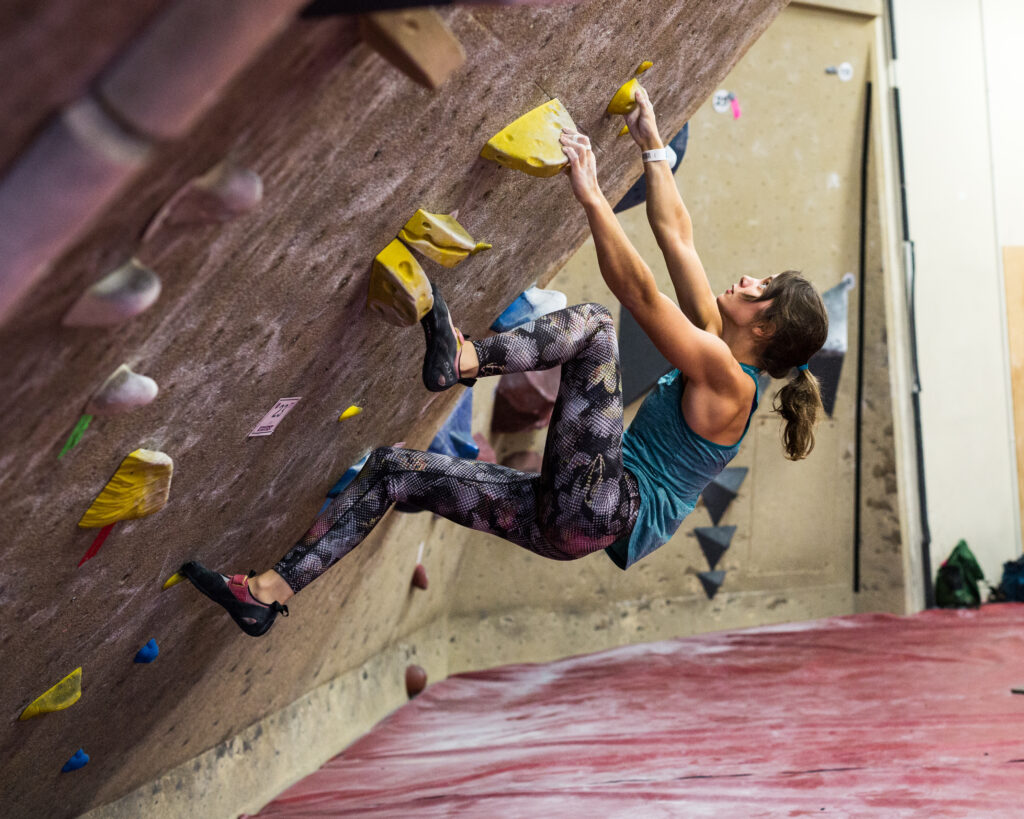

You know what happened? I started sending more, feeling better on the wall, and climbing was more fun because I was climbing—not obsessing over hang boards, weights, flexibility, and other distractions. Sure, there were times when my training looked more “traditional,” with more hang boarding sprinkled in, but it was specific to weaknesses or climb-specific needs.
In conclusion, do X to get better at X. If that’s climbing, climb and project what you want to do. No magic concoction of pull-ups, hang boarding, or bench pressing will be as effective as doing what you want to do. Sure, you can still include them, but be mindful. Don’t let minor details steer the ship. Keep the goal the goal and let it guide you to success. Even if you fail, the process is invaluable.
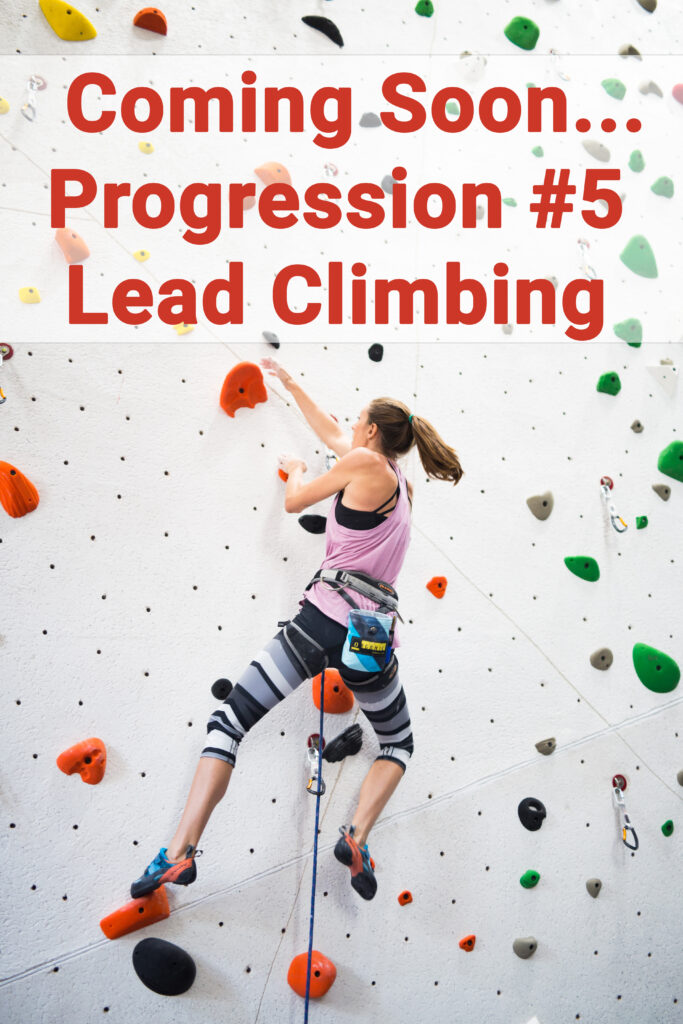
Climbing is dangerous, it involves inherent and other risks and cannot be eliminated. The information presented here does not describe all of the risks associated with climbing and is not intended to replace or supersede expert instruction and training.
© 2024 Vertical Endeavors, Inc. All rights reserved. The contents of this article, photographs, and graphical representations are protected by U.S. and International copyright laws. Reproduction and distribution, in part or whole, without written permission from Vertical Endeavors are prohibited. The opinions and information contained in this article are for entertainment and informative purposes. They are those of the author and may not represent those of Vertical Endeavors, and do not necessarily reflect the ideas, ideologies, opinions, or points of view of the organization, affiliates, owners, stockholders, partners, suppliers, licensors, or staff. Under no circumstances shall Vertical Endeavors or any entity that is, has been, or will be affiliated be liable for any indirect, incidental, consequential, special, or exemplary damages arising out of or in connection with the information contained in this article.

